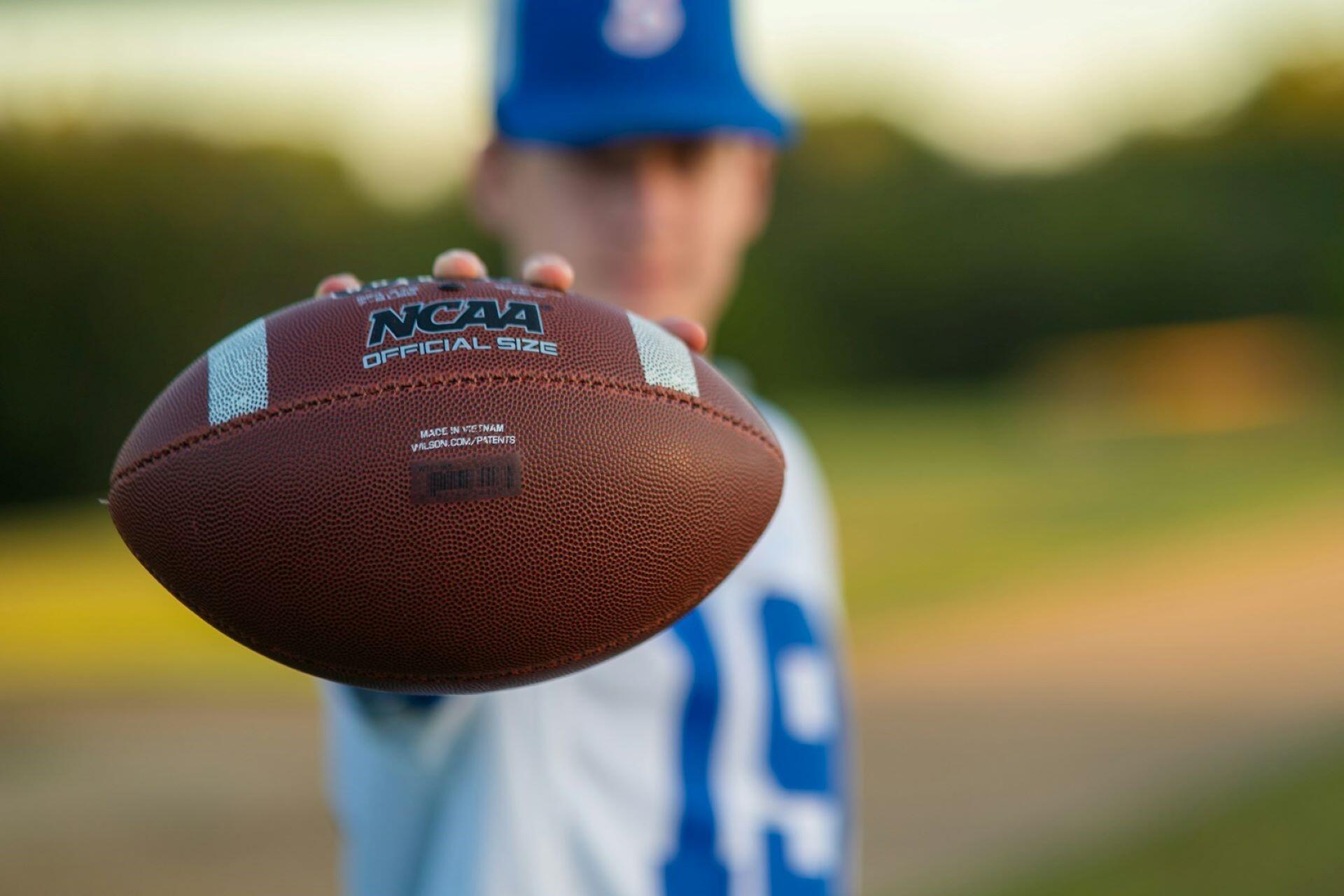You can study in the US with NCEA, but it's essential to understand the alignment between US grades and NZ years. New Zealand's education system uses NCEA levels, while grades and GPAs are used in the United States. Here, we'll explain how grades are converted and the opportunities available to New Zealanders when applying to American universities.

Understanding US and NZ High School Grades
The first question that most New Zealand students will have before studying in America or abroad is how their schooling lines up with that in America. This international perspective highlights one of the most significant benefits of studying abroad. The American system uses grades, while New Zealand has years and NCEA levels. This can get confusing when planning exchanges, preparing transcripts, or simply understanding entry requirements. You need to know where you stand in terms of age, year level, and grade, whether you're applying to an American university or considering a short-term secondary school exchange.

In the US, high school goes from Grade 9 to Grade 12. Secondary school in New Zealand goes from Year 9 to Year 13. This means that Kiwi students have an extra year of education compared to their American counterparts. When can you apply to an exchange programme or an American university?
| New Zealand | Typical Age | United States | Notes |
|---|---|---|---|
| Year 9 | 13–14 | 8th Grade | Final year of US middle/elementary school |
| Year 10 | 14–15 | 9th Grade (Freshman) | Start of US high school |
| Year 11 | 15–16 | 10th Grade (Sophomore) | NCEA Level 1 begins |
| Year 12 | 16–17 | 11th Grade (Junior) | NCEA Level 2 |
| Year 13 | 17–18 | 12th Grade (Senior) | NCEA Level 3 and University Entrance |
As you can see, converting years to grades is quite simple: just subtract one from the "Year" in New Zealand or add one to the "Grade" in the United States.
- US high school typically runs from Grades 9–12, while New Zealand secondary school spans Years 9–13.
- Kiwi students typically complete NCEA Level 3 and achieve University Entrance, comparable to the US High School Diploma.
- The two systems differ in assessment style (credits and achievement levels in NZ versus GPA and letter grades in the US).
How NCEA Fits into US University Applications
If you're a New Zealand student studying overseas with NCEA, you have to understand how it translates to American schooling. Admissions offices in the US will use transcripts, third-party credential evaluators, or direct explanations from schools to compare your results to US standards. What this means is that two American universities asking for the same GPA may not necessarily accept the same NCEA results.
What is NCEA?
The National Certificate of Educational Achievement (NCEA) in New Zealand is the main secondary school qualification. It's broken down into three levels.
Typically studied in Year 11
Typically studied in Year 12
Typically studied in Year 13
Students are given Achieved, Merit, or Excellence and build their Record of Achievement, which New Zealand universities can use to assess students' academic progress. There's no formal recognition between New Zealand and the US, unlike in Australia, where formal agreements exist.

US Grades to NZ Years – How Universities Compare Results
American universities typically consider the last few years of secondary school when making admissions decisions. They'll look at your NZ Year 10 to Year 13 results, not just your NCEA results. US universities may convert NCEA results into a Grade Point Average (GPA), which is typically on a 4.0 scale. Since NCEA uses credits rather than letter grades, there is no exact conversion. However, services like World Education Services (WES) or Education Credential Evaluators (ECE) are helpful.
Only “core” subjects such as English, mathematics, science, and social studies are usually included when converting NCEA results into a US GPA.
Standard Admission Requirements for International Students Applying to American Universities
Most American universities will expect:
New Zealand students studied in the United States. A 1.3% increase from the previous year.
The Importance of Clear Documentation
With each US college setting its own rules for international admissions, it is best to contact the admissions office directly. See if they need a third-party GPA conversion and if they accept the NCEA Record of Achievement directly. By preparing these documents early, you can avoid delays and stress when applying. If you're also registering for SAT/ACT exams at international centres, where spaces can be limited, good documentation is key.
Step 1
Gather your records
Request your official Record of Achievement (NZROA) from NZQA and certified copies of school transcripts (Years 9–13).
Step 2
Check admission requirements
Visit each university’s international admissions webpage to confirm required documents.
Step 3
Convert your results if needed
Use credential evaluators (e.g., WES, ECE) if the university requests GPA on a 4.0 scale.
Step 4
Register for exams
Book your SAT/ACT and TOEFL/IELTS early, as international test centres have limited seats.
Step 5
Prepare recommendations
Ask teachers or deans for letters of reference that highlight your academic and personal strengths.
Step 6
Write your essay/personal statement
Focus on your goals, experiences, and why you want to study in the US.
Step 7
Submit on time
Most applications for a September start are due between November and January.
Before applying to an American university, New Zealand students should ensure they have their NZQA Record of Achievement, check whether a GPA conversion is required, and prepare early for exams, essays, and letters of recommendation. Keeping deadlines in mind is crucial, since most September intakes close between November and January.
Scholarships, Athletics, and Special Pathways
One of the biggest draws of studying in the United States is the number of scholarships and unique pathways available. American universities offer targeted opportunities for student-athletes, international scholars, and those with particular academic strengths.
NCAA scholarships for Student-athletes
The National Collegiate Athletic Association (NCAA) awards thousands of scholarships annually to international student-athletes. New Zealand has a strong track record of helping students gain admission to US colleges through this pathway. For a student to be considered, they need to:
Students will also need to meet minimum academic eligibility requirements. These can depend on the division (Division I, II, or III).

Academic Scholarships
- Awarded for strong grades, GPA, and test scores
- Depend on NCEA results, converted GPA, and admissions essays
- Widely available across most universities
Athletic Scholarships
- Awarded for sporting performance and potential
- Depend on athletic achievements, coach recruitment, and NCAA rules
- Lmited to colleges with NCAA-approved athletic programmes
Explaining School Transcripts
Since NCEA doesn't use the same letter-grade scale as the US, New Zealand schools need to provide an explanation of their grading system. For Years 9 and 10, this might include clarifying how numeric or descriptive marks are translated into final results. For Years 11-13, the NCEA Record of Achievement (NZROA) is an official standardised summary. It's recommended that you submit this documentation early, allowing NCAA universities sufficient time to process your eligibility.
Other Special Opportunities
In addition to athletic and academic scholarships, international students have options available to them. If you'd rather take your qualifications to Europe, see how you can get to Europe with NCEA.
Merit scholarships for leadership, arts, or community service
Need-based aid depending on family circumstances
Private scholarships offered by organisations in both the US and New Zealand
Why Choose the USA for Higher Education?
Now that you know how to apply to US universities with New Zealand qualifications, do you also understand why you should? American higher education is famous for being flexible, innovative, and focused on real-world experience. In New Zealand, students tend to commit to a programme from the start. In American universities, undergraduates can explore a wide range of courses before declaring their major.
Start with an undeclared major
Switch easily between subjects
Combine majors and minors, or even design an interdisciplinary degree

Professional Development and Internships
American colleges have a strong emphasis on linking academic learning with career opportunities. It's common for colleges to offer internships, research placements, and cooperative education programmes as part of the curriculum. You can graduate with both a degree and relevant work experience.
graduate from New Zealand universities each year.
Work Experience and Career Benefits
Thanks to the hands-on experience woven into the American college experience, graduates tend to have a competitive edge in the global job market. Employers are increasingly seeking candidates with strong academic records and international and cross-cultural understanding. If you want to explore options beyond the United States, consider Canada.











